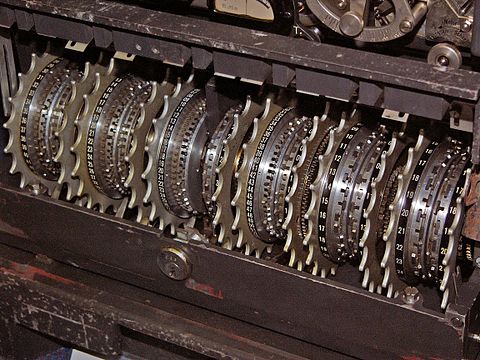
A diagram depicting the relationship between the operator and the drone.
At their core, most UAVs (unmanned aerial vehicles) are quite similar to a remote control car with which kids might play. The engine of the vehicle is controlled entirely by inputs from a separate remote control. From this remote control, a user can have the UAV change its speed or direction, use it for reconnaissance purposes such as photography, or engage the drone in physical warfare. Historically, UAVs were practically implemented first by the Israeli army in the 1970s, then the Iranian army in the 1980s, and subsequently the U.S. army in the Gulf War in the 1990s. At that point, UAVs were used for reconnaissance purposes or as decoys. The first kill by a drone occurred in October of 2001, and since then, have occurred with increasing frequency. This has been a controversial tactic employed by the American armed forces.
An unarmed aerial vehicle firing a rocket.
Drones can have varying levels of autonomy, however. Many perform almost all functions under the guide of an operator, but have the ability to perform a function such as "return to base" by themselves. Others have increased capabilities, relying on receptors of the world around them to inform them of how to act. The drones are able to operate in this way by relying on a large amount of loops, from algorithms calculating the most efficient way to travel in regards to fuel and time to constructing an actual trajectory to travel from one location to another. Fully autonomous UAVs are said to be entirely cognizant of their surroundings and capable of total independence in terms of decision making. While fascinating from a programming standpoint, the political and ethical side of autonomous drone warfare has limited its implementation. Also, increased fear of malfunction or hacking has left decision makers wary of releasing autonomous UAVs in full force. The capabilities of these machines are nonetheless astounding and will certainly factor into the engineering landscape of the future.
https://en.wikipedia.org/wiki/Unmanned_aerial_vehicle#/media/File:Autonomous_control_basics.jpg
https://en.wikipedia.org/wiki/Unmanned_combat_aerial_vehicle
https://en.wikipedia.org/wiki/Unmanned_aerial_vehicle
http://www.globalexchange.org/blogs/peopletopeople/tag/drone-warfare/



